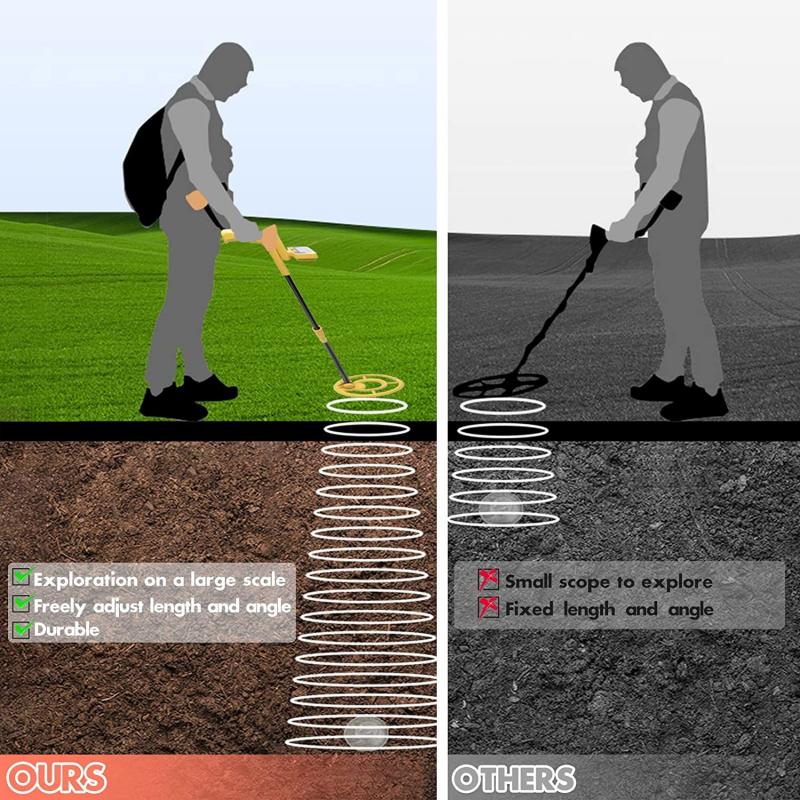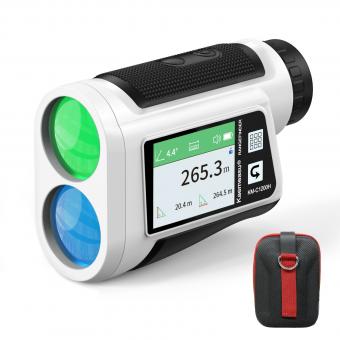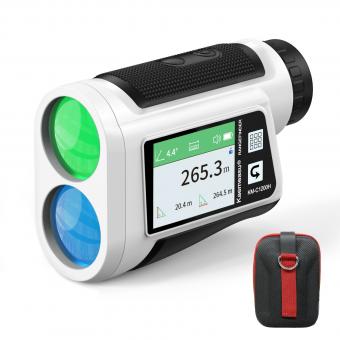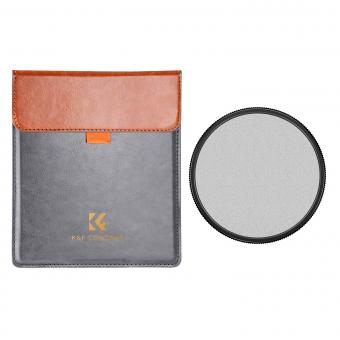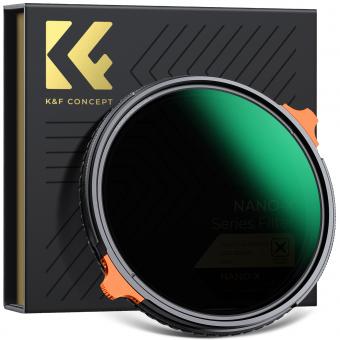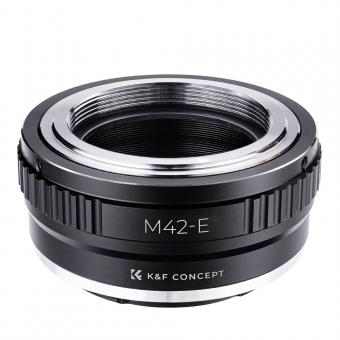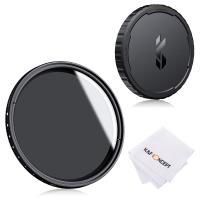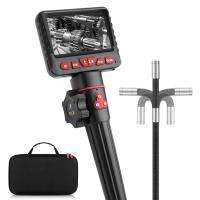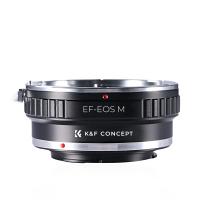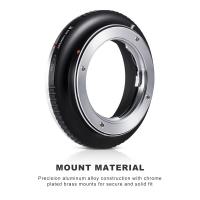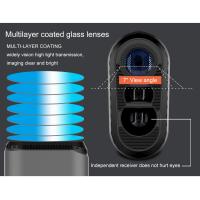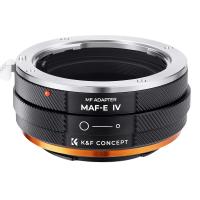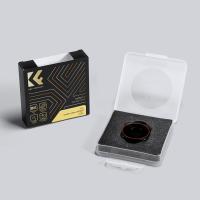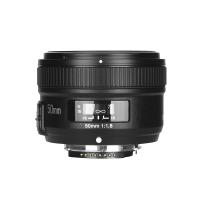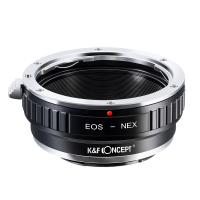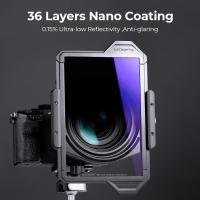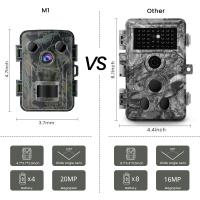How To Measure Microscopic Objects ?
Microscopic objects can be measured using a variety of techniques, including microscopy, spectroscopy, and interferometry. Microscopy involves using a microscope to magnify the object and measure its size and shape. Spectroscopy involves analyzing the light emitted or absorbed by the object to determine its properties. Interferometry involves measuring the interference patterns created by the object and a reference beam of light to determine its size and shape. Other techniques, such as atomic force microscopy and scanning electron microscopy, can also be used to measure microscopic objects. These techniques involve using a probe to scan the surface of the object and create a three-dimensional image. Overall, the choice of measurement technique will depend on the specific properties of the object being measured and the level of precision required.
1、 Optical Microscopy
Optical microscopy is a widely used technique for measuring microscopic objects. The basic principle of optical microscopy is to use visible light to magnify and observe the object of interest. The magnification is achieved by using lenses, which bend the light and focus it onto the object. The light that is reflected or transmitted by the object is then collected by the lens and directed to the eyepiece or camera for observation.
To measure microscopic objects using optical microscopy, one needs to first prepare the sample. This involves fixing, staining, or mounting the sample on a slide to make it visible under the microscope. Once the sample is prepared, it can be placed on the microscope stage and focused using the objective lens. The magnification can be adjusted by changing the objective lens or using a zoom lens.
To measure the size of the object, one can use the scale bar provided by the microscope software or measure the size manually using a calibrated eyepiece or camera. The shape and structure of the object can also be observed and analyzed using various imaging techniques such as brightfield, darkfield, phase contrast, and fluorescence microscopy.
In recent years, advances in optical microscopy have led to the development of super-resolution microscopy techniques such as stimulated emission depletion (STED) microscopy and structured illumination microscopy (SIM). These techniques allow for higher resolution imaging of objects beyond the diffraction limit of light, enabling researchers to study the structure and function of biological molecules and cellular organelles in greater detail.
In conclusion, optical microscopy is a powerful tool for measuring microscopic objects. With the latest advances in technology, it has become possible to observe and analyze objects at higher resolutions, providing new insights into the world of the small.

2、 Electron Microscopy
How to measure microscopic objects? One of the most powerful tools for measuring microscopic objects is electron microscopy. Electron microscopy uses a beam of electrons to create an image of the object being studied. This technique allows for much higher resolution than traditional light microscopy, making it possible to see details at the nanoscale.
There are two main types of electron microscopy: transmission electron microscopy (TEM) and scanning electron microscopy (SEM). TEM involves passing a beam of electrons through a thin sample, while SEM involves scanning a sample with a beam of electrons and detecting the scattered electrons.
In addition to imaging, electron microscopy can also be used for various types of analysis, such as elemental analysis and crystallography. For example, energy-dispersive X-ray spectroscopy (EDS) can be used to determine the elemental composition of a sample, while electron diffraction can be used to determine the crystal structure.
The latest point of view in electron microscopy is the development of new techniques that allow for even higher resolution and more detailed analysis. For example, cryo-electron microscopy (cryo-EM) allows for imaging of samples at near-atomic resolution, while aberration-corrected electron microscopy allows for even higher resolution imaging.
Overall, electron microscopy is a powerful tool for measuring microscopic objects, allowing for high-resolution imaging and detailed analysis of a wide range of materials and structures.
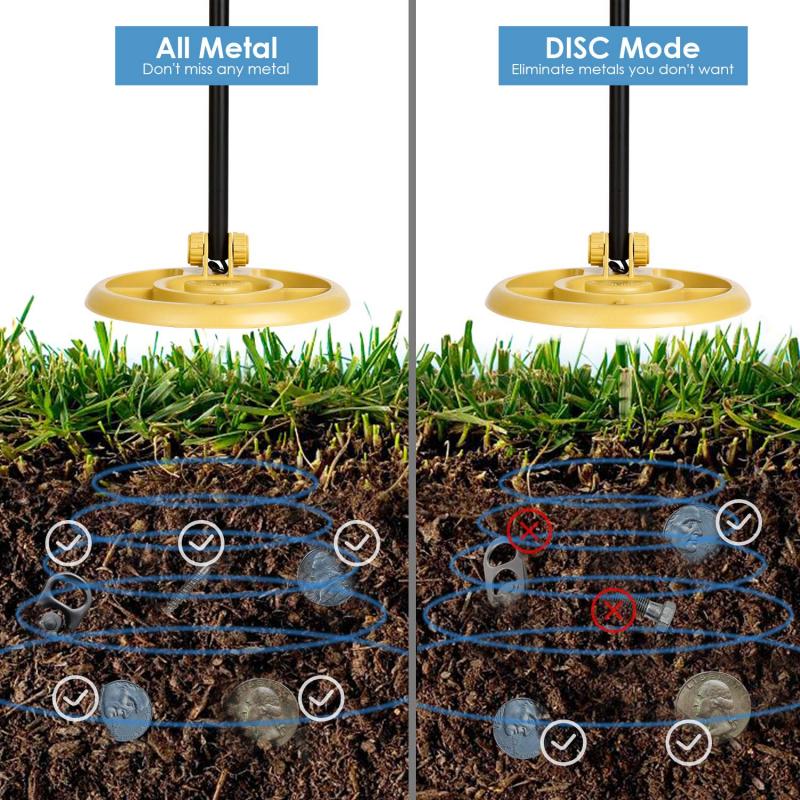
3、 Scanning Probe Microscopy
Scanning Probe Microscopy (SPM) is a powerful technique used to measure microscopic objects. SPM is a family of techniques that includes Atomic Force Microscopy (AFM), Scanning Tunneling Microscopy (STM), and others. These techniques use a sharp probe to scan the surface of a sample and measure its properties at the nanoscale.
To measure microscopic objects using SPM, the sample is first prepared by cleaning and drying it. The probe is then brought into contact with the sample and moved across its surface. As the probe moves, it measures the properties of the sample, such as its topography, electrical conductivity, and magnetic properties.
One of the advantages of SPM is its ability to measure samples in a variety of environments, including air, liquids, and vacuum. This makes it useful for studying biological samples, as well as materials science and nanotechnology.
The latest point of view in SPM is the development of new techniques that combine SPM with other imaging and spectroscopy techniques. For example, SPM can be combined with Raman spectroscopy to measure the chemical composition of a sample, or with fluorescence microscopy to study biological samples.
In conclusion, SPM is a powerful technique for measuring microscopic objects. Its ability to measure samples in a variety of environments and its compatibility with other imaging and spectroscopy techniques make it a valuable tool for a wide range of scientific applications.

4、 X-ray Microscopy
X-ray microscopy is a powerful tool for imaging microscopic objects, including biological samples, materials, and devices. To measure microscopic objects using X-ray microscopy, several techniques are available, including full-field X-ray microscopy, scanning X-ray microscopy, and X-ray tomography.
Full-field X-ray microscopy involves illuminating the sample with a beam of X-rays and capturing the transmitted or scattered X-rays using a detector. The resulting image provides information about the sample's structure and composition. Scanning X-ray microscopy, on the other hand, involves scanning a focused X-ray beam across the sample and detecting the scattered or emitted X-rays. This technique provides higher resolution and can be used to map the chemical composition of the sample.
X-ray tomography is a technique that involves acquiring a series of X-ray images of the sample from different angles and reconstructing a 3D image of the sample. This technique provides detailed information about the sample's internal structure and can be used to study the distribution of materials within the sample.
Recent advances in X-ray microscopy have led to the development of new techniques, such as X-ray ptychography, which can provide even higher resolution and sensitivity. X-ray ptychography involves illuminating the sample with a coherent X-ray beam and measuring the diffraction pattern produced by the sample. This technique can be used to study the structure and dynamics of biological samples, materials, and devices at the nanoscale.
In conclusion, X-ray microscopy is a powerful tool for measuring microscopic objects, and several techniques are available, including full-field X-ray microscopy, scanning X-ray microscopy, and X-ray tomography. Recent advances in X-ray microscopy have led to the development of new techniques, such as X-ray ptychography, which can provide even higher resolution and sensitivity.
